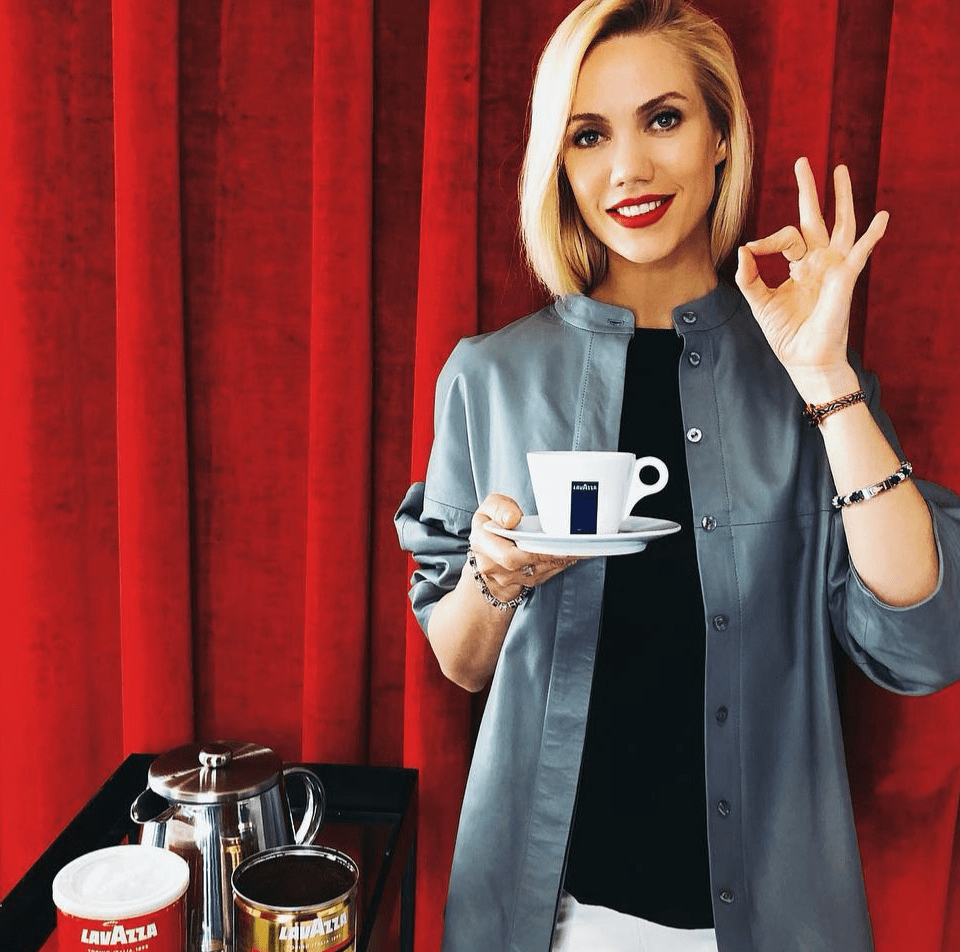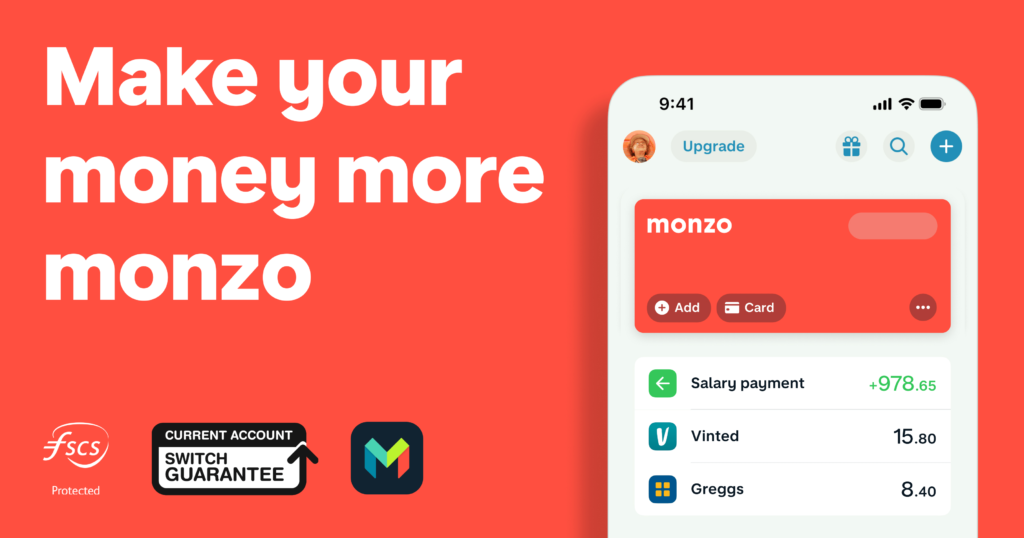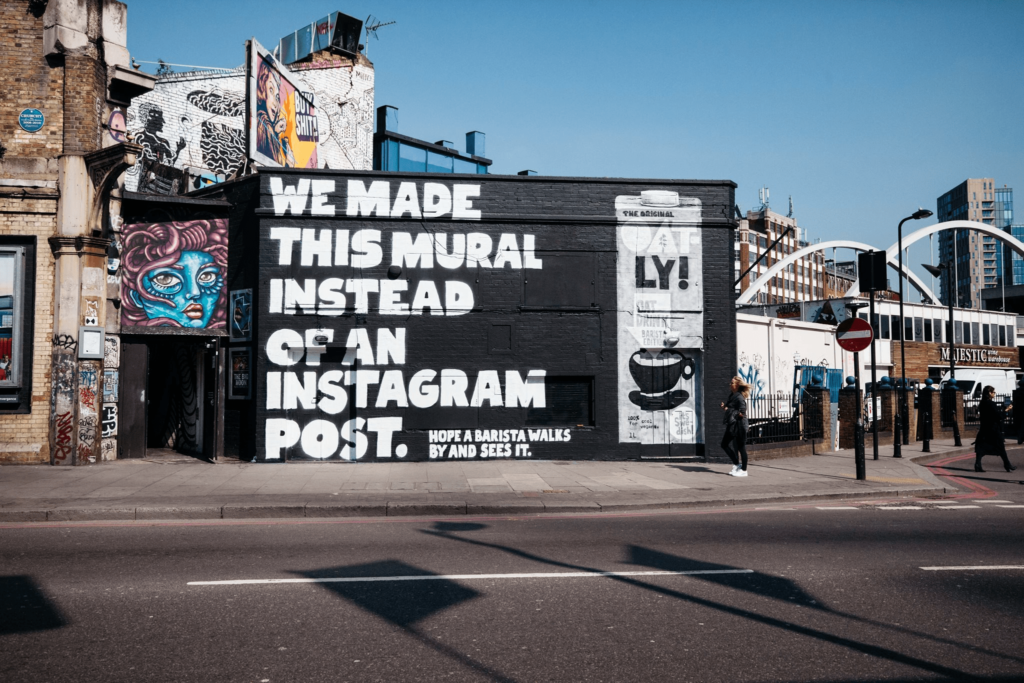
Speak Easy: The Hidden Power of Tone of Voice for Your Brand
Tone of voice used to be the umbrella in the branding cocktail—cute, colorful, but quickly disposable. Now it’s what turns heads—and starts conversations.
Now that anyone can churn out halfway decent content using the same generative AI tools—and, yes, that still a pebble in my shoe—your brand’s tone of voice may be the last defensible edge. Not the tagline. Not the logo. Not the claims on the packaging. The voice. Because that’s what makes people feel something—and more importantly, what makes them trust you.
According to Edelman’s 2023 Trust Barometer, 81% of consumers say they must trust a brand to buy from it. And while we’re still obsessed with what brands say, more and more, it’s how they say it that’s doing the heavy lifting. So maybe stop trying to sound like you think a brand like yours should sound (you know who you are). And start crafting a defining tone for your brand that truly fits its personality.
Confessions of a CopywriterI’ve written for brands as different from one another as Coca-Cola, Sony, Volvo, Lavazza and TABASCO, and hundreds more. Each one spoke in a completely different voice—and needed to. Coca-Cola had to sound effortless, global and warm. It was always smiling, even when it wasn’t saying much. Sony was polished and deliberate—sharp without being cold. Volvo needed to be calm, thoughtful and reassuring, with the kind of language that made every sentence feel like it was wearing seatbelts. Lavazza was expressive—every word punctuated with an Italian hand gesture. TABASCO didn’t waste words. It was as bold as its sauce.

Writing for these brands (in English, Russian or Spanish) wasn’t about finding the right words—it was about finding the right voice, every time. Sentence length, vocabulary, rhythm, punctuation—everything changes when the tone is doing the heavy lifting. It’s not unlike writing dialog for a film. The products may be similar, but the characters are wildly different—and each one deserves a script that actually sounds like them.
It’s Not a Style Guide. It’s a Strategy.
Here’s the truth: if your tone is just a line in the brand book between “Pantone Red” and “don’t stretch the logo,” you’ve just ticked a box. You haven’t defined your tone.
According to a Nielsen study, brand consistency across touchpoints—including tone—can increase revenue by up to 23%. This isn’t about your witty tweets or poetic product blurbs. This is about consistent tone building credibility over time, whether someone is reading your chatbot, your invoice or your CEO’s keynote.
Take Monzo, the UK-based finance upstart. While most high-street banks still write like lawyers, Monzo speaks like a human being. That tone—clear, friendly and smart—helped it amass over 7 million customers, largely through word of mouth and user love. No jingles. No billboards. Just tone.

When You Can’t Outspend, Out-Tone
Brands with big voices often start small. Liquid Death, for example, sells water. Just water. But it wraps that water in a tallboy can and a tone that screams death metal and dark comedy. Its slogan? “Murder Your Thirst.” Its copy reads like it’s been possessed by the ghost of a punk band’s marketing intern. And somehow, it works—brilliantly. The company hit a $263 million valuation in 2023.
Then there’s Duolingo, whose irreverent, unhinged TikTok presence is a masterclass in strategic insanity. It doesn’t sound like a tech platform. It sounds like your emotionally unstable roommate who’s also somehow great at languages. The result? A 44% year-over-year increase in monthly active users as of 2023.
Or consider Oatly, which turned oat milk into a lifestyle by speaking with anti-corporate sarcasm and the confidence of a college radio DJ with a marketing degree. They IPO’d at a $10 billion valuation in 2021—on the strength of tone, not just taste. When the product is a commodity, tone is what adds the premium.

How to Create—and Codify—Your Tone of Voice
So how do you create a voice that actually earns attention?
1. Define what you’re not.
Every brand thinks it’s “authentic.” That’s not tone. Tell me if you’re not formal. Not cutesy. Not sarcastic. Boundaries are where tone gets teeth.
2. Translate values into language.
If your brand stands for empowerment, how does it sound in a product update? If you’re about innovation, what does your FAQ page read like?
3. Build a playbook, not a paragraph.
Tone guidelines should be long enough to prevent disasters and short enough to be read. Include real examples: a tweet, a support reply, a hero banner. Avoid tone that’s defined by adjectives alone—“bold yet warm” means nothing until you see it in action.
4. Localize like a native, not a tourist.
Tone doesn’t travel without translation. It transforms. A joke that kills in English might offend in Spanish. A humble brag that lands in Russian might sound like weakness. Global tone means emotional equivalence, not linguistic one.
5. Train everyone, not just your writers.
If your social media intern writes like a comedian and your CFO posts like a Bond villain, your tone’s dead. Product managers, recruiters and chatbots all need to speak with one “voice”.
6. Audit and adapt.
Even great tone drifts. Especially when AI gets involved. Use online tools to keep the language in line. And if you do use AI? Train it on your tone—not someone else’s.
The AI Effect: Why Voice Matters More Than Ever
AI can write a paragraph in three seconds. But unless you’ve trained it properly, it’ll sound like everyone else.
Klarna, the Swedish fintech company, uses an AI assistant to handle two-thirds of its customer service chats. But that’s only because it was trained on the brand’s own language and customer history. Otherwise, your chatbot sounds like a polite alien who once read The Elements of Style.
As more brands pump out AI-generated content, the world is drowning in functional blandness. Tone is your only shot at standing out—and being remembered.
Final Word: If You Don’t Define It, You Can’t Defend It
Your brand will have a voice—whether you choose it or not. And if you don’t choose it, you won’t recognize it when it starts slipping out of your control.
In a world of infinite content, attention is expensive and trust is fragile. Tone of voice is your soft power. It’s how you earn attention without shouting. So speak easy. But sound unmistakably like you.



